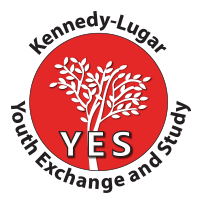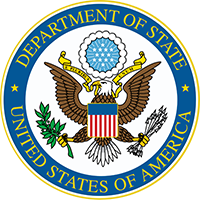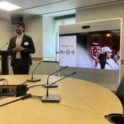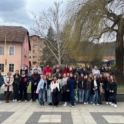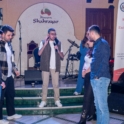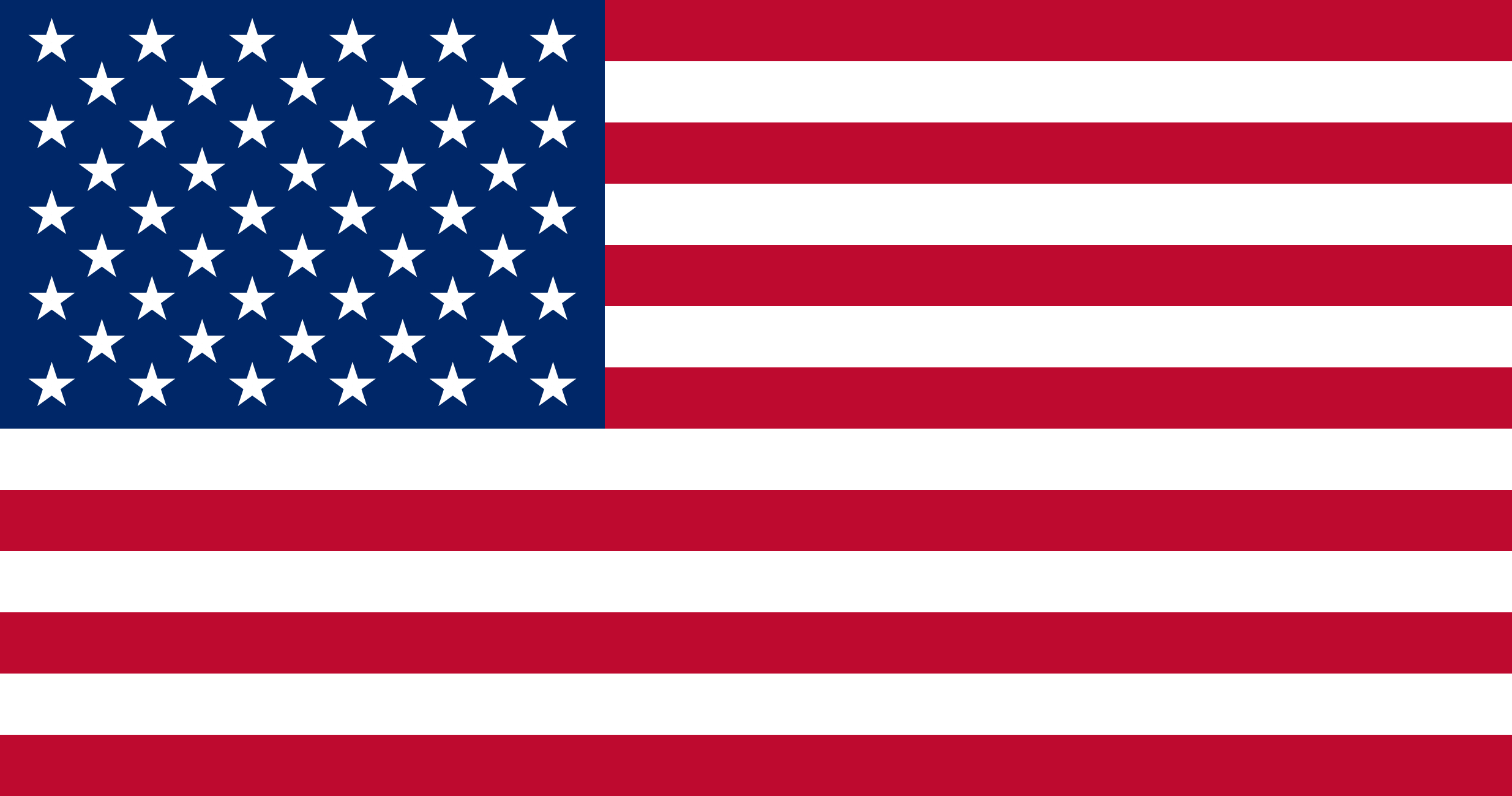Abdulaziz reflects on the highlights from serving as a mentor for CEW.
STORIES
YES for the Environment Webinar
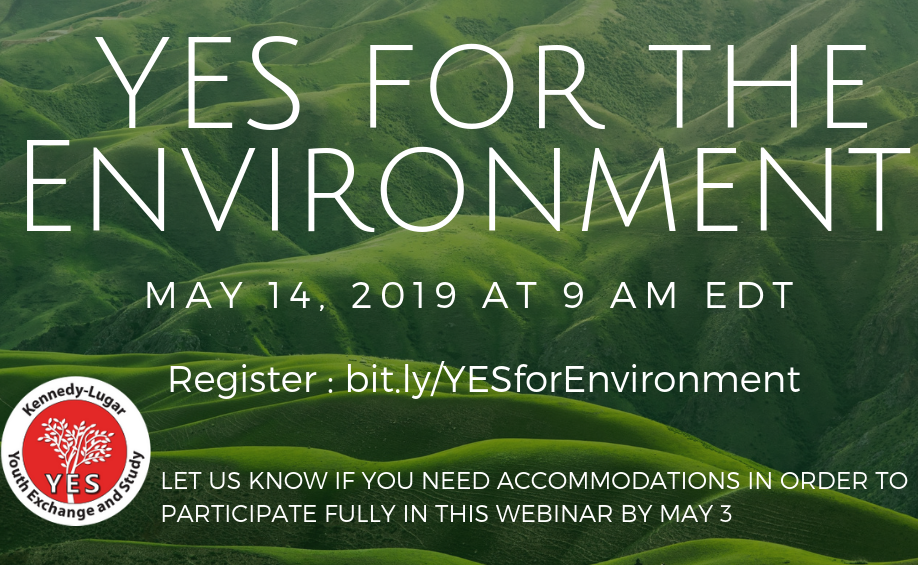
Environmental awareness is on the forefront of our minds these days. Many YES alumni associations are combining their efforts to develop great projects in their communities. From environmental conservation projects, to developing clean energy, to recycling campaigns, to harvesting rainwater, YES alumni are continually demonstrating their deep commitment to the environment.
Since there are so many alumni interested in responding to a changing climate, YES program offered a webinar on May 14, with guest speakers from around the world that shared their expertise on how to make environmental projects more sustainable. This webinar encouraged alumni to maximize the impact of their projects and make them long-lasting. If you are passionate about the environment and are wondering how you can do more to conserve and preserve the environment, then this webinar is for you!
Watch a recording of the webinar at: http://bit.ly/2VUU3tp
At this webinar, attendees learned how to evolve their projects to leave a larger positive impact on the environment and their communities. They also learned how to develop a sustainable and long-lasting project. Participants gained the tools to think of creative projects that fit their interests and community needs. Guest speakers shared their expertise on being community leaders, carrying out sustainable environmental projects and how to be more than a one-time volunteer.
Our guest speakers are active in their communities (local, state, and national) and making a difference for the environment and so can you! Keep us informed about your environmental projects by submitting a story!
Nine Tips to Creating a Sustainable Environmental Project
- Evaluate! Evaluate your organization's projects to improve the programs and to better share the impact your programs have on the community
- Get involved with existing organizations, because you will meet like-minded people with great ideas to share. If you can, take a leadership role in the organization to deepen your involvement.
- Stay positive! You are having an impact on your community, so be proud of the work you do.
- Make sure you have a well articulated project proposal that clearly outlines your goals, objectives, timelines, and SWOT (Strengths, Weaknesses, Opportunities, and Threats)
- Ensure you have a way to fund your project
- Know your exit strategy - how will this remain sustainable?
- Know the location. For example if you are doing a tree planting project it is always very important to know where you are going to plant the trees. Have a glimpse understanding on the rainfall pattern of the area, soil and other factors which might influence the growth of the trees, will help you acquire knowledge of what trees to be planted and when to be planted.
- Know the people and beneficiaries - if you know the people of the area you will have a general idea of how to go about introducing the concept to them. Always relate the idea to what they already know (ideologies)
- Involve local leaders and other elders - if you involve local leaders the people will feel ownership and become more responsible in upkeeping the project and making it sustainable. Simply be a part of the community and also make the project part of the community.
The Guest Speakers:
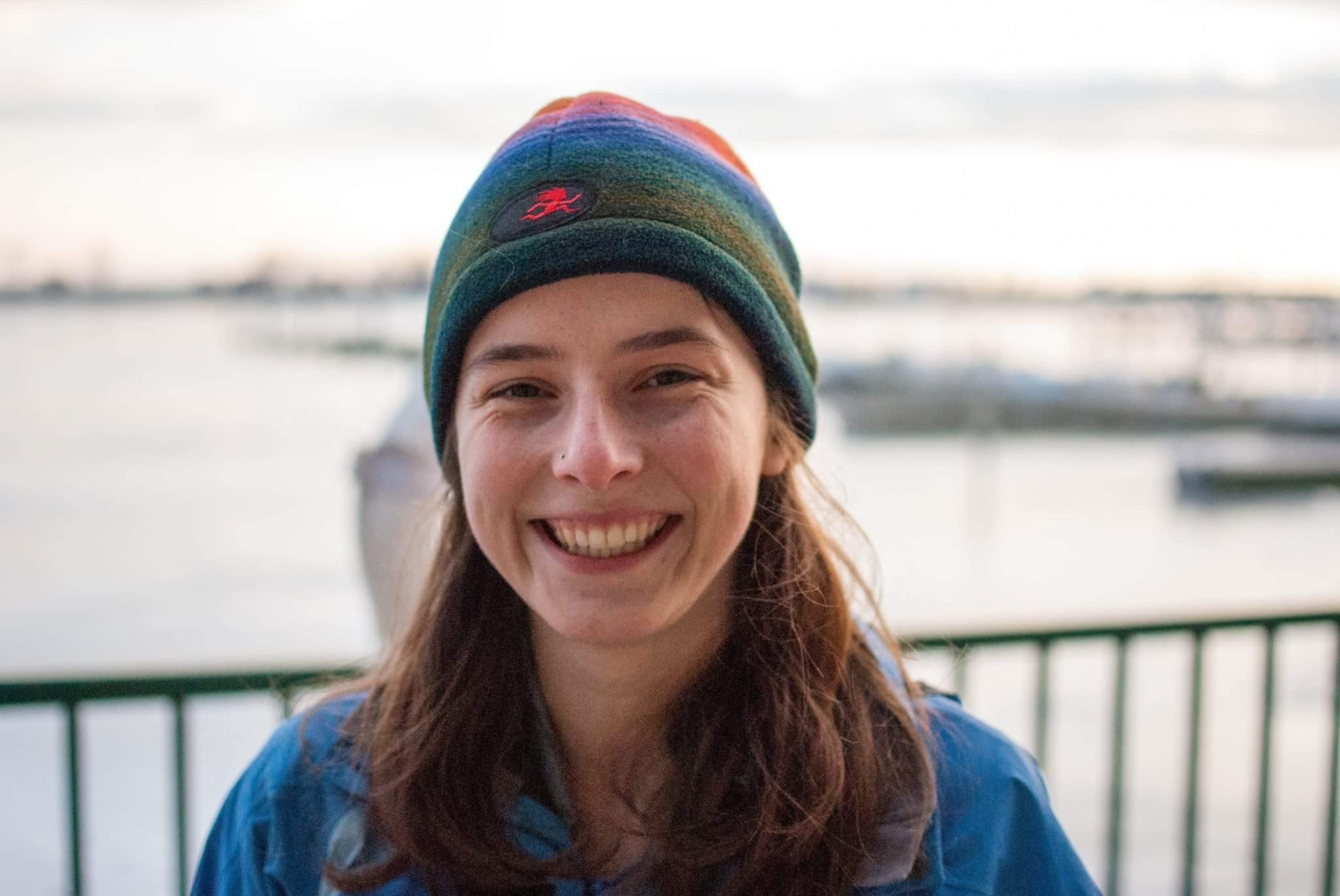
Anna Wright studied abroad in Bosnia and Herzegovina in 2012-2013. She then attended the University of Wisconsin-Madison, where she earned her B.S. in Agricultural Economics and worked on many environmental projects, including F.H. King Student Farm, Slow Food UW, Wisconsin Bike Fed, University Bike Resource Center, and Friends of the Lakeshore Path. She also holds a Master of Public Affairs from the University of Wisconsin-Madison. Currently, Anna lives in San Francisco. She works as an analyst for the California Public Utilities Commission on their climate change policy team. She is also a frequent volunteer with SF Bike Coalition, and she is a board member of the Yes Abroad Alumni Association. In her free time, she enjoys baking bread, gardening, and hiking.
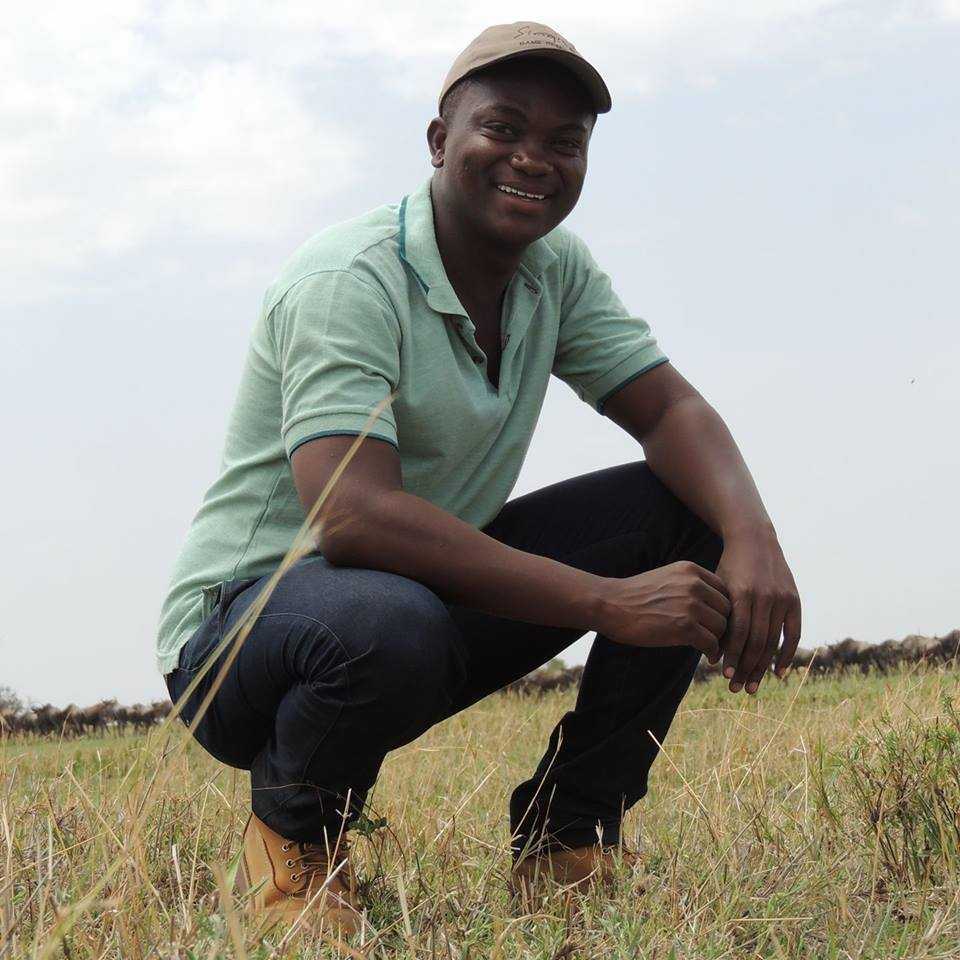
Bakari Iddi Mtili (YES 2011-2012, Tanzania, hosted by AFS in Kingston, NY) currently resides in Moshi-Kilimanjaro, Tanzania. He is currently working as a Tutorial Assistant at the College of African Wildlife Management, Mweka. He has a bachelor degree in Wildlife Management at the College of African Wildlife Management. Bakari has great visions and passion toward conserving and managing wildlife and their habitats, and his goal is to make a conducive environment for every organism. He simply loves what he does for conservation. Though he has participated in a number of community projects, he is very fond of his recent participation and accomplishment of community activities in Tanzania aiming at natural resource conservation, raising awareness, and environmental rehabilitation (such as tree planting). Bakari believes the world is being jeopardized and efforts toward conserving our planet is highly needed – and he will not be left behind in the effort to conserve our world and wildlife. Bakari still cites his YES host family, the Lindemans, for their great contributions to Bakari. Bakari says the YES program had a great impact and influence on who he is today.
Tumaini Wambua John is a certified water, sanitation and hygiene (WASH) professional. John is from Makueni, Kenya, a village in the lower eastern part of the country. He is the director of Hifadhi Africa Organization, an NGO that works in WASH, education, livelihood, and emergency humanitarian aid across East Africa. Hifadhi Africa Organization has partnered with Rotary International as the cooperating organization in Kenya since 2014 to implement $200,000 worth of district community grants, community grants, and global grants. In November 2017 John was selected out of over 80,000 applicants for the Young Water Fellowship program in Belgium. Through Young Water Solutions, John’s organization Hifadhi Africa Organization is building sand dams, a simple, low-cost, low-maintenance water harvesting technology. The sand dam collects the rain water flowing down the stream and the river banks, which is then pumped to a tank and filtered. He is the sitting Chairperson of the Young Water Solutions 2017-2022 cohorts
